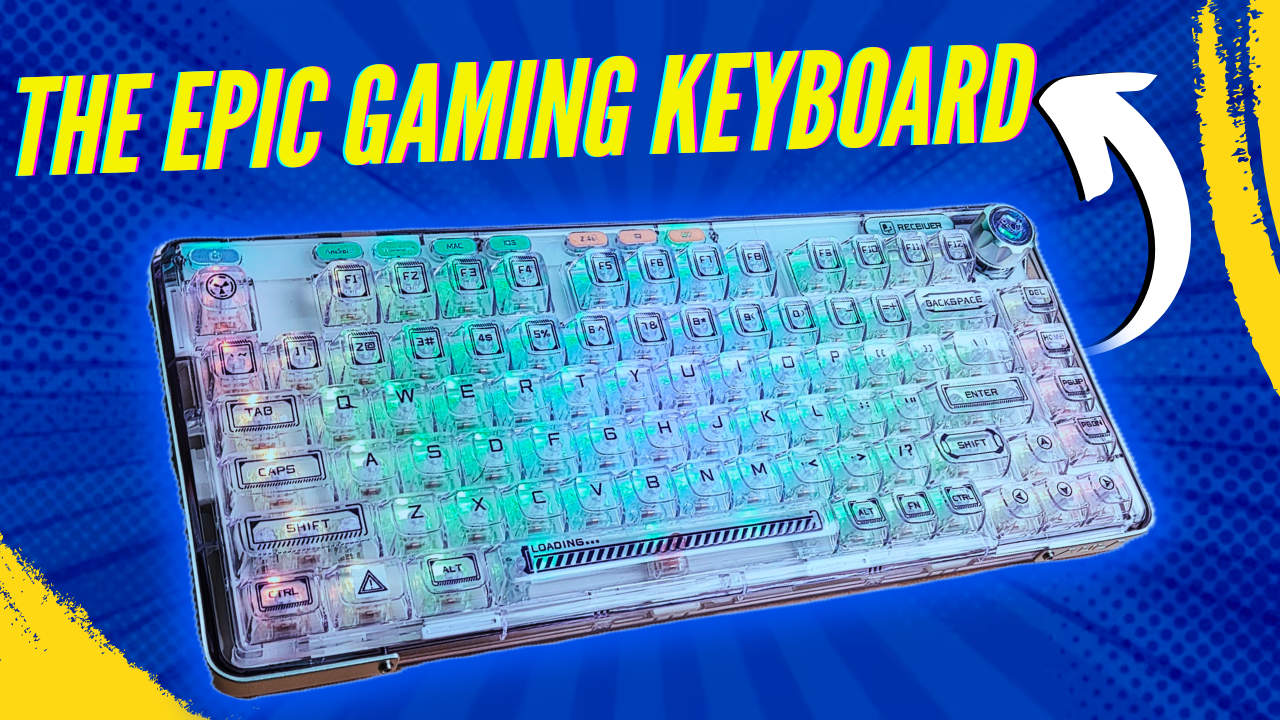When buying a laptop, there are several factors to consider, including the size and weight of the laptop, the type and speed of the processor, the amount of memory and storage, the quality of the screen and keyboard, the battery life, and the availability of ports and connectivity options. You should also consider the intended use of the laptop and your budget.
Laptop Processor
A laptop processor, also known as a CPU or central processing unit, is the main processing chip in a laptop that performs most of the computer’s processing tasks. The processor is an essential component of a laptop and has a major impact on its performance, speed, and overall capabilities.
When picking a processor for a laptop, it is important to consider the type and speed of the processor, as well as the number of cores it has. Generally, Intel and AMD are the two main manufacturers of laptop processors, and each offers a range of options with different performance levels.

In terms of type, the most common options are dual-core and quad-core processors, which have two and four cores, respectively. These cores are essentially separate processing units that can work together to perform multiple tasks at the same time, making the laptop faster and more efficient.
The speed of the processor is measured in GHz (gigahertz) and determines how quickly the processor can perform tasks. A higher GHz rating means that the processor can perform tasks faster, but it also uses more power and generates more heat.
When picking the best processor for your laptop, you should consider your intended use for the laptop and the type of applications you will be running on it. If you plan to use the laptop for basic tasks such as web browsing, email, and word processing, a dual-core processor with a speed of around 2.5-3.5 GHz should be sufficient. For more demanding tasks such as gaming, video editing, or graphic design, you will need a quad-core processor with a higher speed.
It is also important to consider the other components of the laptop, such as the amount of memory and storage, the quality of the screen and keyboard, and the battery life. A good processor is only one part of a well-performing laptop.
Laptop RAM
The ideal amount of RAM for a laptop depends on the intended use of the laptop and the type of applications you will be running on it. In general, 8 GB of RAM is considered sufficient for most everyday tasks, such as web browsing, email, and word processing. For more demanding tasks such as gaming, video editing, or graphic design, 16 GB or more of RAM may be necessary to ensure smooth performance.
It is also important to consider the type of RAM used in the laptop. The two main types of RAM are DDR3 and DDR4, with DDR4 being the faster and more efficient option. Most laptops today use DDR4 RAM, which is available in capacities of 8 GB, 16 GB, and 32 GB.

Overall, the ideal amount of RAM for a laptop depends on the user’s specific needs and usage requirements. 8 GB of RAM is a good starting point for most users, but those with more demanding needs may need 16 GB or more.
Laptop Screen
When picking a laptop, it is important to consider the quality of the screen. The screen is one of the most important components of a laptop and can have a major impact on the user experience.
One of the key factors to consider when picking a laptop screen is the resolution, which is the number of pixels on the screen. A higher resolution means that the screen can display more detailed and sharper images. The most common laptop screen resolutions are 1366×768, 1920×1080, and 3840×2160.
Another important factor is the size of the screen, which is measured in inches. Laptops with larger screens can display more content and provide a more immersive experience, but they are also larger and heavier.

The type of screen technology used in the laptop is also important. The two main options are LCD (liquid crystal display) and OLED (organic light-emitting diode) screens. OLED screens offer better contrast and colour accuracy, but they are also more expensive.
In terms of overall quality, it is important to look for a laptop screen with good viewing angles, low glare, and accurate colour reproduction. You can also read online reviews and compare the specifications of different laptop screens to help you make a decision.
Laptop Form Factor
The form factor of a laptop refers to its size, shape, and design. The most common form factors for laptops are traditional clamshell, convertible, and 2-in-1.
Traditional clamshell laptops are the most common and have a familiar laptop design with a hinge that allows the screen to be opened and closed. They are portable and versatile and are suitable for a wide range of tasks.
Convertible laptops, also known as hybrid laptops, have a hinge that allows the screen to be rotated and folded back, turning the laptop into a tablet. They are versatile and offer the best of both worlds, but they are also larger and heavier than traditional clamshell laptops.

2-in-1 laptops, also known as detachable laptops, have a screen that can be detached from the keyboard, turning the laptop into a standalone tablet. They are lightweight and portable, but the keyboard is typically sold separately, which can add to the cost.
When picking the right form factor for a laptop, you should consider your intended use for the laptop and your personal preferences. Traditional clamshell laptops are a good option for most users, but convertible and 2-in-1 laptops may be more suitable if you need a versatile device that can function as both a laptop and a tablet.
Windows Vs Mac OS On Laptop
When choosing an operating system (OS) for a laptop, the two main options are MacOS, which is used on Apple laptops, and Windows, which is used on most other laptops. Both OSes have their own strengths and weaknesses, and the right choice for you will depend on your personal preferences and needs.
MacOS is the default OS on all Apple laptops, including the MacBook, MacBook Air, and MacBook Pro. It is known for its simplicity, security, and integration with other Apple devices. MacOS is also designed to work well with the hardware on Apple laptops, providing a smooth and seamless user experience.
Windows is the most widely used OS on laptops and is available on laptops from a wide range of manufacturers. It offers a wide range of features and customization options and is compatible with a wide range of software and hardware. Windows is also typically more affordable than MacOS and is a good choice for users who need to run Windows-specific software or want more control over their laptop’s features and settings.
In general, MacOS is a good choice for users who value simplicity, security, and integration with other Apple devices, while Windows is a good choice for users who need more flexibility and compatibility with a wider range of software and hardware. Ultimately, the right choice for you will depend on your specific needs and preferences.
How to pick up keyboard for laptop?
The keyboard is an important part of a laptop, as it is the primary way you will interact with the device. When picking a laptop, it is important to consider the quality and design of the keyboard.
One of the key factors to consider is the layout of the keyboard, which determines the arrangement of the keys. Most laptop keyboards have a standard QWERTY layout, but some may have a different layout, such as Dvorak or Colemak. It is important to choose a keyboard layout that you are comfortable with and familiar with.
Another factor to consider is the size of the keys and the spacing between them. Laptops with larger keys and more spacing between the keys are generally easier to type on and can help prevent mistakes.

The feel of the keys is also important, as it can affect your typing experience. Laptops with chiclet-style keys or scissor-switch keys are generally considered to provide a better typing experience, as they offer a satisfying amount of travel and feedback.
Overall, the right keyboard for you will depend on your personal preferences and typing habits. It is a good idea to try out the keyboard on a laptop before buying it to see if it feels comfortable and easy to use.
Port Selection On Laptop
When picking a laptop, it is important to consider the ports and connectivity options it offers. The ports on a laptop allow you to connect the laptop to external devices, such as a monitor, keyboard, or mouse, and expand its capabilities.
The most common ports on a laptop are USB ports, which are used to connect a wide range of devices, including external hard drives, printers, and keyboards. Most laptops today have at least two USB ports, but some may have more.
Another important port to look for is an HDMI port, which allows you to connect the laptop to a TV or monitor and display video and audio on a larger screen. Some laptops also have a DisplayPort, which is a similar but more versatile option.

If you plan to connect the laptop to an Ethernet network, you will need a laptop with an Ethernet port. This is a common port on most laptops, but some ultra-thin laptops may not have it.
In terms of wireless connectivity, most laptops today have Wi-Fi and Bluetooth, which allow you to connect to the internet and other devices wirelessly. Look for a laptop with dual-band Wi-Fi, which provides faster and more reliable connections.
Overall, the right ports and connectivity options for your laptop will depend on your intended use for the laptop and the type of devices you plan to connect to it. Consider your needs and make sure the laptop has the ports and connectivity options you need.
Battery Life On Laptop
When picking a laptop, it is important to consider the battery life, as a laptop with a longer battery life will be more convenient and portable. The battery life of a laptop is typically measured in hours, and is determined by a combination of factors, including the size and capacity of the battery, the type of processor and screen used, and the power-saving features of the laptop.
Most laptops today have a battery life of around 6-8 hours, which is sufficient for most everyday tasks, such as web browsing and word processing. If you need a longer battery life, you should look for a laptop with a larger battery and/or more efficient components, such as a low-power processor and an LED screen.
It is also important to consider the type of battery used in the laptop. Lithium-ion batteries are the most common type and offer the best balance of capacity, weight, and lifespan. Some laptops also have a replaceable battery, which allows you to replace the battery when it wears out, extending the lifespan of the laptop.
Overall, the right battery for your laptop will depend on your intended use for the laptop and your personal preferences. Consider your needs and look for a laptop with a battery that provides the right balance of capacity, weight, and lifespan for your needs.
This laptop buying guide can give you ideas to find the best laptop for your needs. Buying a perfect laptop always depends upon your needs, some major things you can consider such as budget, operating system, processor speed, storage capacity, and display size.


